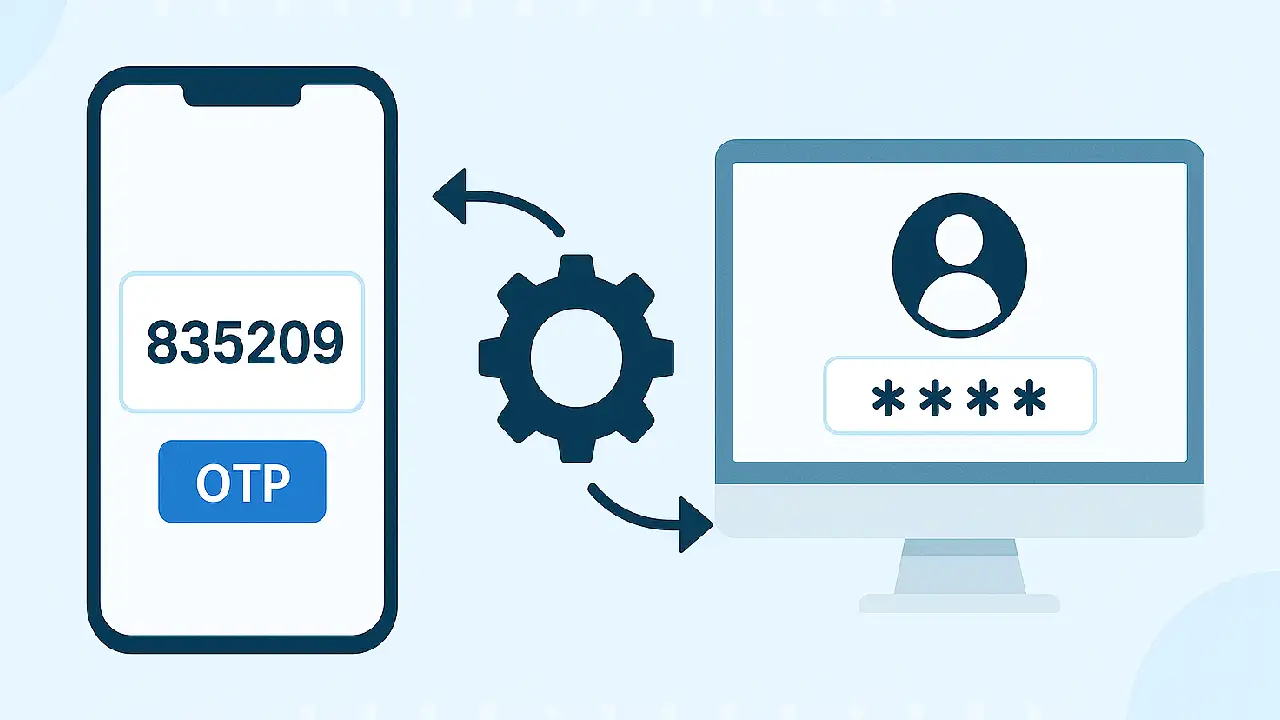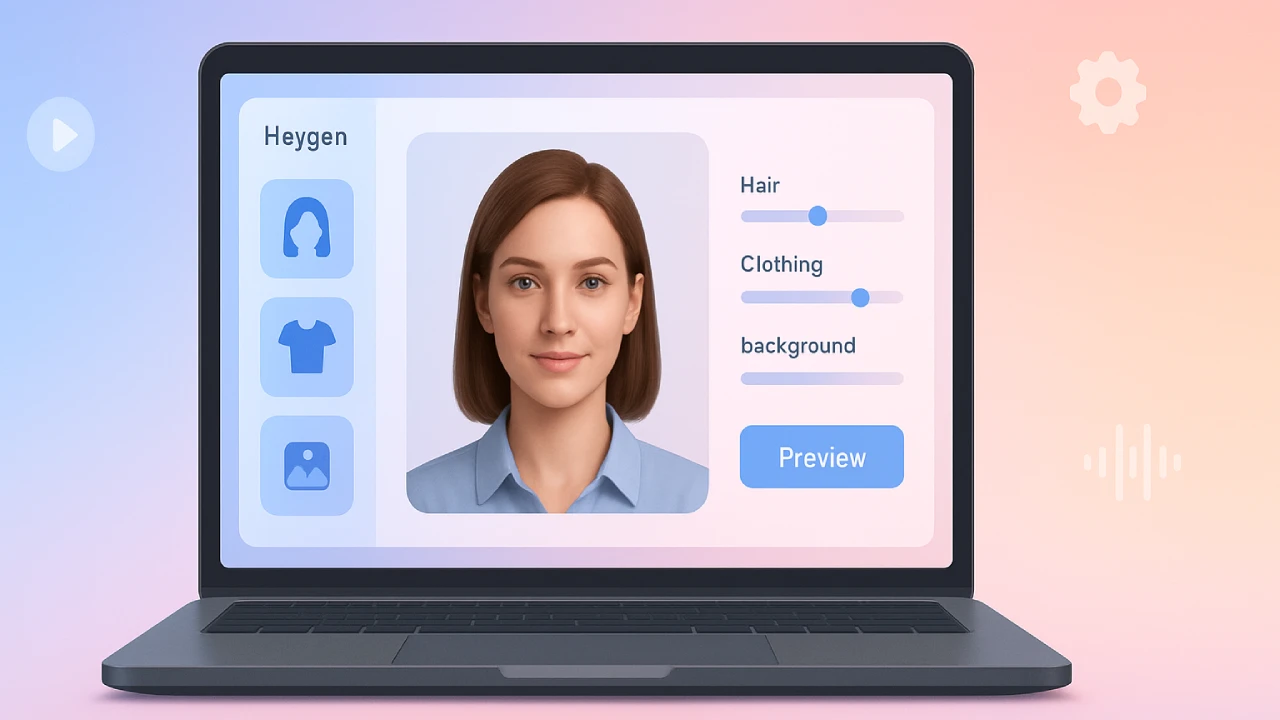How OTPs are generated and verified is something most people don’t think about, even though it happens every day. Have you ever thought about what occurs behind the scenes when you get a One-Time Password (OTP) on your phone or email? One-time passwords (OTPs) are very important for keeping your information safe online when you log into your bank account, make an online payment, or check your identification. But how do they make and check OTPs so rapidly and safely?

We’ll talk about the technology that makes OTPs possible, how they work, and why they’re so vital for keeping your online identity safe in this blog. We will also look at the most important parts of OTP systems, how they function, and how they are used in the real world.
What is an OTP?
A One-Time Password (OTP) is a unique code that is only good for a short time and is used to verify a user’s identity when they log in or make a digital transaction. It only works once, as the name says, and usually expires quickly, usually between 30 seconds and 10 minutes.
There are two main types of OTPs:
- Time-based OTP (TOTP): Valid for a short time window.
- Event-based OTP (HOTP): Generated based on a specific event like login or transaction request.
OTPs are a part of two-factor authentication (2FA) systems and are designed to prevent unauthorized access even if your password gets leaked.

Why Are OTPs Important?
- Extra Security: They act as a second layer of protection beyond your password.
- Short Lifespan: Limited validity reduces the chances of misuse.
- No Memory Needed: You don’t have to remember the OTP — just enter it once.
- Widely Accepted: Used across banking, social media, e-commerce, and more.
How OTPs Are Generated
1. Cryptographic Algorithms
Hash-based methods like HMAC (Hash-based Message Authentication Code) are used to make OTPs.
- A secret key (shared between client and server)
- A changing factor (time or event count)
For example, the TOTP algorithm works like this:
TOTP = HMAC-SHA1(secret_key, current_time)
This output is a long hexadecimal hash that is then trimmed and converted into a 6- or 8-digit number.
2. Time Synchronization (For TOTP)
In time-based OTPs:
- The system time (in Unix time format) is divided into 30-second intervals.
- Both client and server generate the OTP using the current time slice.
- If both are synced, the OTPs match.
3. Counter-based Generation (For HOTP)
In event-based OTPs:
- A counter value (e.g., login attempts) is used instead of time.
- Each time a new OTP is requested, the counter is incremented.
This makes HOTP more flexible for offline systems like hardware tokens.
How OTPs Are Delivered
Once generated, OTPs can be delivered via:
- SMS (Most common, especially in India)
- Authenticator apps (like Google Authenticator or Authy)
- Push notifications from a trusted app
- Voice calls (in specific cases or for accessibility)
Each method has pros and cons SMS is widely accessible but can be intercepted, while authenticator apps are more secure but require installation.
OTP Verification Process
Once the user enters the OTP, here’s how verification works:
- OTP Submission: User inputs the OTP on the app or website.
- Backend Matching: The server regenerates the expected OTP using the same key and logic (TOTP or HOTP).
- Validation Window: To account for time delays, servers often allow a small “window” of time (e.g., ±1 time slice) for valid OTPs.
- Response: If matched, access is granted. If not, an error is shown.
In case of repeated failures, the server might:
- Lock the account temporarily
- Require captcha verification
- Send a new OTP
Real-World Applications of OTPs
Here are common use cases where OTPs are implemented:
- Banking and UPI Payments
Verifying large transactions or login sessions. - Aadhaar Authentication in India
UIDAI sends OTPs for identity confirmation via Aadhaar-linked mobile numbers. - E-commerce Sites
Validating purchases and user logins. - Government Services
PAN-Aadhaar linking, DigiLocker access, and more. - Social Media
Logging in from new devices.
Pros and Cons of OTPs
Advantages
- Adds strong security layer
- Easy to implement and use
- No need to remember anything
- Works on most devices
Limitations
- SMS OTPs can be intercepted (via SIM swap or phishing)
- Time sync issues may cause failures
- Users may find it annoying if delayed or undelivered
How Secure Are OTPs?
OTPs, when combined with encryption and secure delivery channels, are highly effective. However, the system is only as strong as the weakest link:
- If the phone is compromised, OTPs can be read.
- If time synchronization fails, login attempts might get blocked.
- If phishing tricks the user into entering OTPs on fake sites, attackers can bypass security.
This is why advanced apps are moving to biometrics, hardware tokens, or passkeys, but OTPs still remain a vital, accessible method for the majority of users globally.
Conclusion
From logging in with SMS to making safe bank transactions, OTPs are a silent guardian of millions of digital interactions every day. They use cryptography and real-time validation to make sure that your digital identity stays yours and yours alone.
We can better appreciate the technology that keeps us safe by learning how OTPs are made and checked. So the next time you get that six-digit code, remember that it is backed up by sophisticated technology.
Stay tuned to dontleaveit.com for more information about digital security and everyday technology presented in simple terms!







